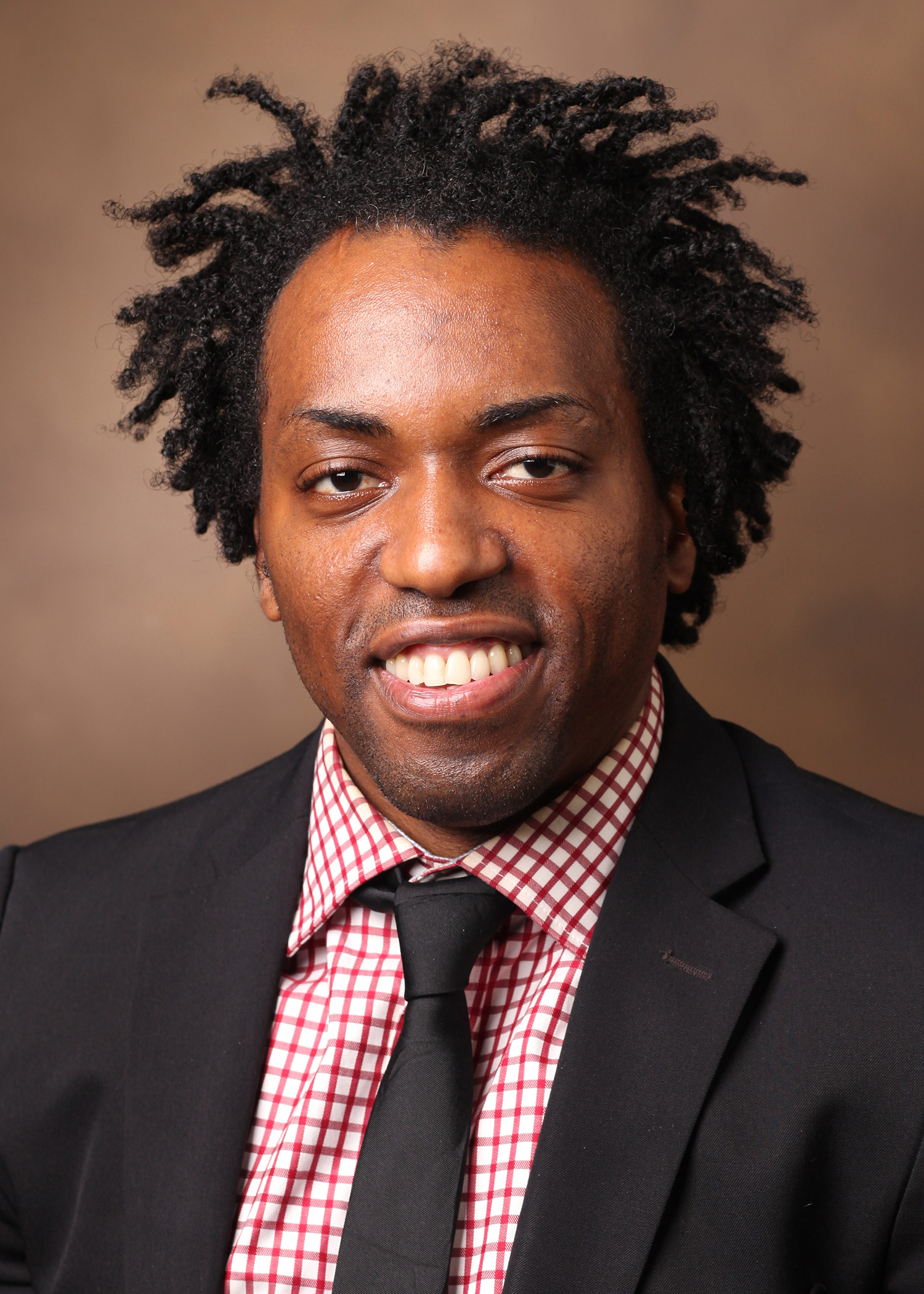A teleburn system offers providers the option to send photos electronically to a burn specialist when the injury occurs far from a regional burn center, yet few studies have compared outcomes between teleburn-facilitated and in-person evaluations and treatment.
This has left some physicians reluctant to use teleburn services for their patients, according to researchers at Vanderbilt University Medical Center.
To help fill the data gap, a 2024 study compares outcomes for teleburn and in-person cases involving pediatric patients, who suffer the majority of burn injuries worldwide. The results showed no difference in the four key factors used to define successful treatment, said the study’s principal investigator Ronnie Mubang, M.D., an acute care/burn surgeon at VUMC.
“I think this study alone can give some reassurance to people that teleburn is sufficient to support care of minor burns,” said the study’s first author, Claci Ayers, M.D., a pediatric emergency medicine specialist. “Properly executed, patients and providers can rely on the platform and both reduce the resources required for transportation and save many families a long drive to treat a minor case.”
Vanderbilt’s large rural catchment area, spanning several states, made it an ideal testing ground for a teleburn program, which got its start during the pandemic, the investigators said.
Assisting Rural Patients
To test the comparative efficacy, the researchers collected EHR data on 416 children and young adults, with 197 of these receiving teleburn consultation. Their average age was 5 years, 10 months.
Proximity to a burn center was an important factor in determining utility of teleburn. The patients in the study all lived a mile or more from the Vanderbilt Burn Center, up to a maximum distance of 203 miles. The average distance was 63.94 miles.
Severity and type of burn helped determine eligibility for teleburn care.
“To use teleburn, the patient’s injury needed to cover less than 10 percent of their total body surface area. Electrical or chemical burns were excluded, since their treatment can be more complicated than purely scald, friction or thermal burns,” Ayers said.
The study compared the two groups in terms of burn infection rates, clinical follow-up rates, post-burn hospital admission rates and 72-hour readmission rates, with a margin inside of 10 percent as the threshold for proving non-inferiority.
The clinical follow-up difference did exceed the 10 percent margin at 70.4 percent in the control group versus 57.7 percent in the teleburn consult group. The authors explained that the slightly larger margin was expected due to longer travel for rural patients to reach a follow-up clinic.
Importantly, they found that the infection rate was none or negligible in both groups; the follow-up antibiotic prescription rate in the control group was 0.7 percent compared to none in the teleburn group; the follow-up hospital admission rate was 4.9 percent versus 3.1 percent; and the 72-hour readmission rate was 1.4 percent, as compared to 2.0 percent.
“These statistics show that, although we cannot be certain that teleburn is better than in-person consultation, we definitely know that it is not any worse,” Mubang said.
Images Uploaded
A teleburn interaction begins with photos taken by a smartphone camera, capturing several angles on the burn. These are immediately sent to a burn physician via email, informing them of the need for a teleburn consultation. The burn physician, the provider and the patient and, often, the patient’s family discuss injury and evaluate whether in-person care is necessary. This typically depends on the thickness of the burn.
“The burn clinicians can recommend care on site for minor cases,” Ayers said. “If it looks like the patient needs to be transported to the regional burn center, the ED staff there will know what to expect before the patient arrives because they have seen the pictures.”
Among roughly 400,000 burn-related ED visits per year, about 30,000 result in hospital admissions at 130 burn centers in the United States. This volume may result in limited access to care for rural burn patients.
“Imagine that you’re a parent living in a rural area of Tennessee and your kid gets burned with hot water,” Mubang said. “The local hospital says you have to drive three to four hours to Vanderbilt. By the time you arrive, it’s 2 a.m., you get seen at 4 a.m. They tell you it’s a minor burn, and the child can be managed as an outpatient. That experience can be exhausting.”
The teleburn program is aimed at improving the “emotional fatigue” suffered by such patients and their families, he added.
Using teleburn also can reduce the strain on transport vehicles, rural clinicians, and capacity limits at smaller hospitals.
“In these rural areas, they may only have one ambulance, so we don’t want to unnecessarily occupy the transport vehicle that may be needed for someone who has a heart attack or other life-threatening emergency,” Ayers said.
Sharing Know-How
Education outreach to rural areas of Tennessee is a major pillar of the teleburn initiative. Physicians from the VUMC burn center give talks, lead Advanced Burn Life Support courses, teach wound care, and help patients learn how to make their home a safer environment.
“This whole thing is about our ability to reach people and provide excellent care, right? If they can come to us at Vanderbilt, we can, at the very least, go to them as well,” Ayers said.






